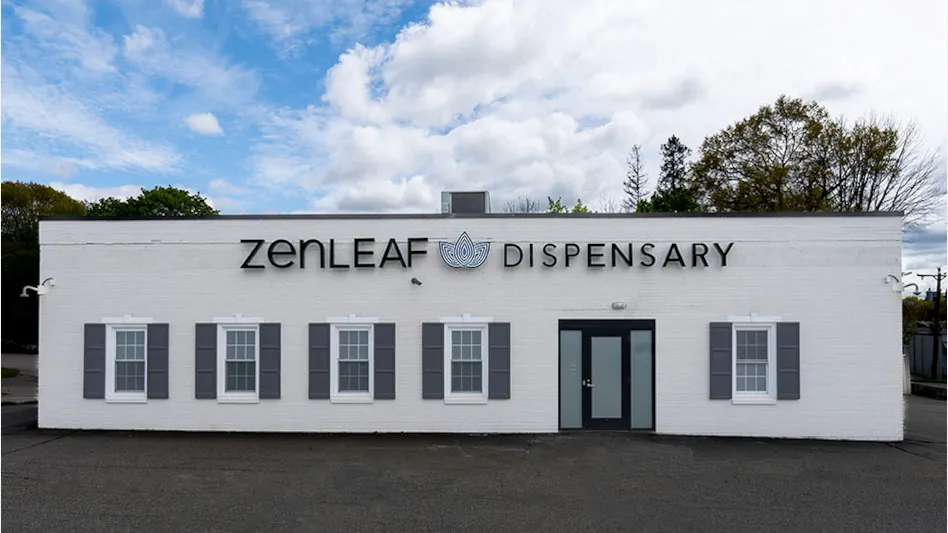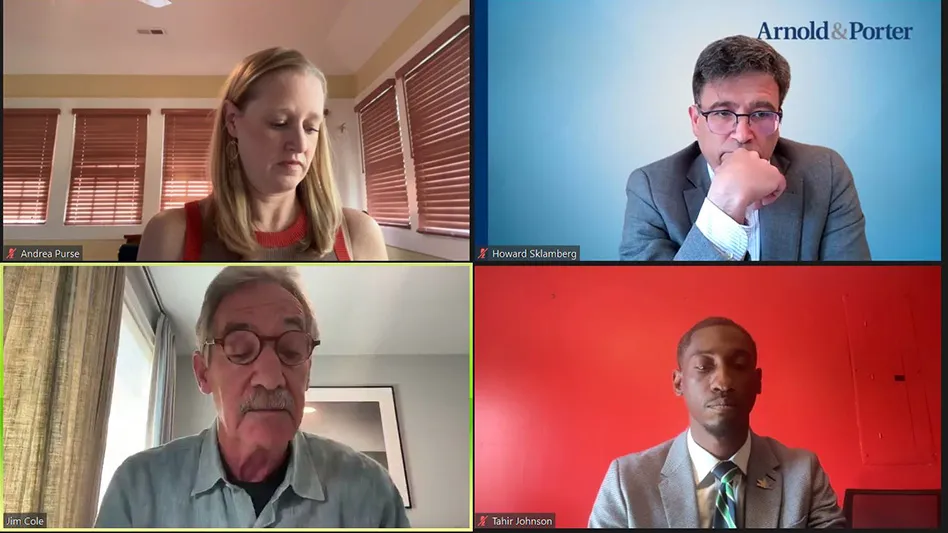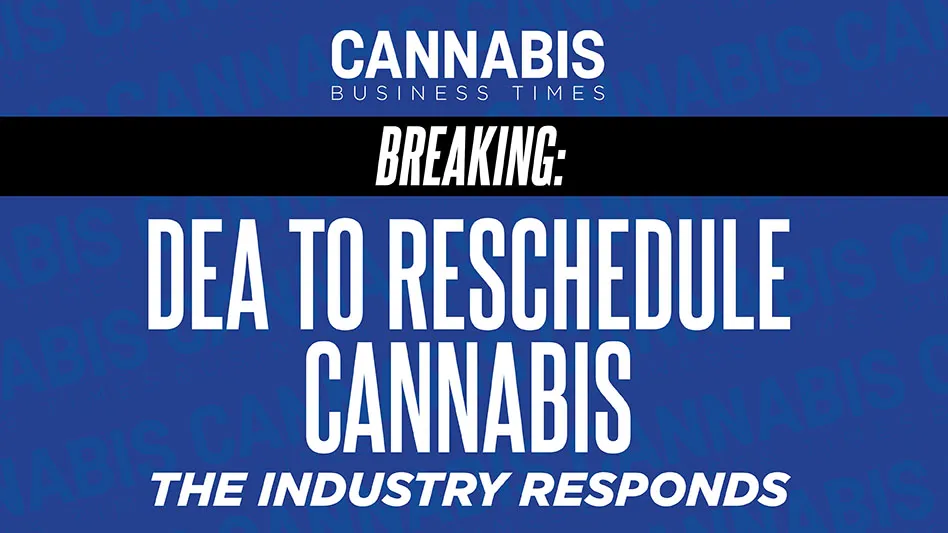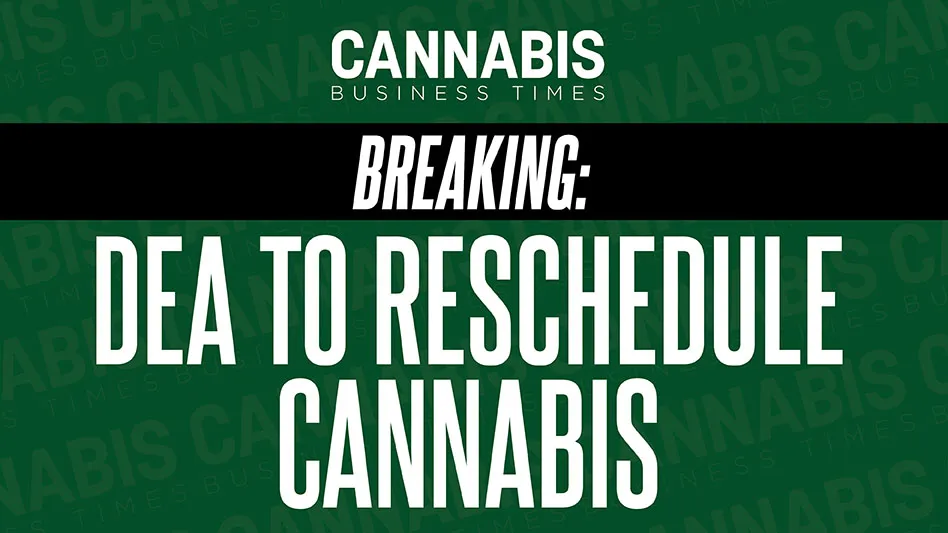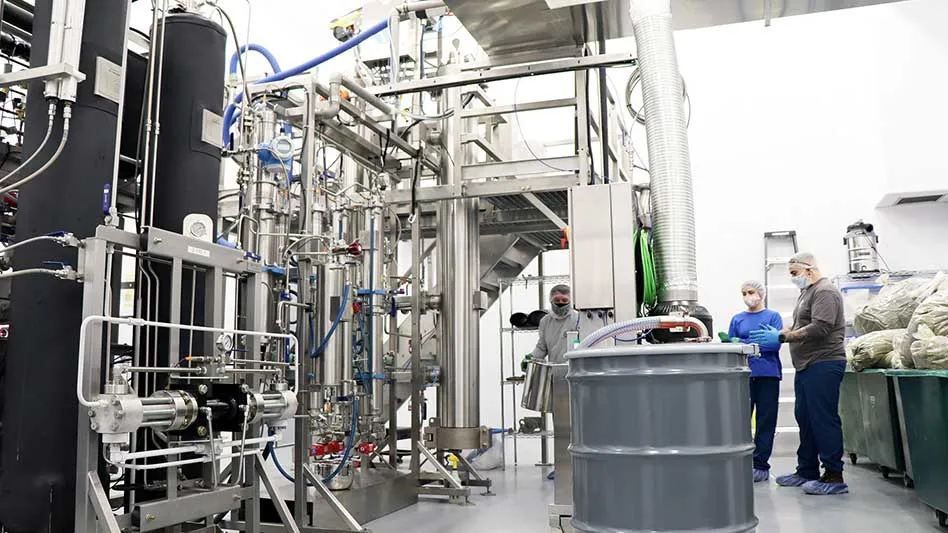
Courtesy of Christina Lake Cannabis
Processing large amounts of cannabis into extracts at a commercial scale takes the right equipment. Doing so in an environment where margins are tight makes the choice of extraction system critical to a company’s long-term success.
Nicco Dehaan, chief operating officer and master grower of Christina Lake Cannabis (CLC), had that reality in mind when he was scouting post-harvest processing equipment that would allow the company to make high-quality distillate oils at scale.
CLC had been using a CO2 extraction system from Vitalis Extraction Technology, a Kelowna, British Columbia-based CO2 extraction equipment manufacturer, with great success. But as the company grew and harvests expanded (CLC cultivated 20 acres of its 32-acre property in Christina Lake, British Columbia, in 2022), CO2’s limitations at scale began to be a bottleneck.
“You can run a [Vitalis] CO2 system very slowly [at low temperatures and pressures] and create some really nice products off of it. But, for where the prices are at in Canada, you would lose money” making those broad-spectrum products en masse, Dehaan says.
Dehaan looked at ethanol solutions, a common solution for large-scale extractors. “What we found was what you would save in the equipment [cost], you would pay for in the [safety] rating of the building,” he says.
Hearing the feedback from CLC and other market participants, Vitalis developed a co-solvent extraction system that leveraged both CO2 and ethanol in a process that takes the best from both worlds. The ethanol unit can simply be added on to an existing Vitalis CO2 system to turn a mono-solvent system into a dual-solvent one, avoiding the need for customers to buy an entirely new unit, explains Jason Laronde, sales manager at Vitalis.
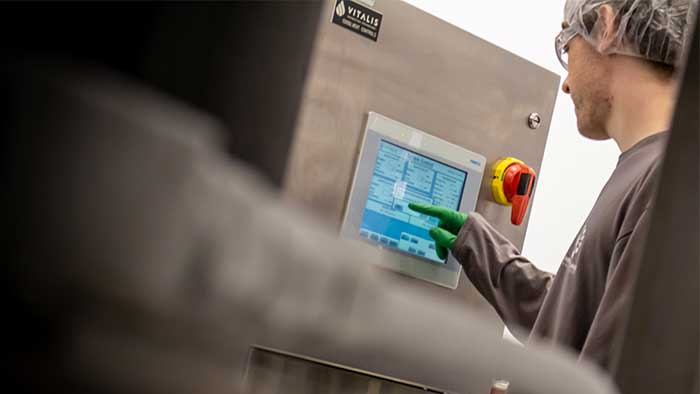
Christina Lake Cannabis acquired Vitalis' first-ever co-solvent system. Photo courtesy of Christina Lake Cannabis.
“Our co-solvent module was designed purposely to be a bolt-on option because we knew that the vast majority of customers that would adopt this technology would be existing customers that already had CO2 machines on the floor,” Laronde says.
CLC acquired Vitalis’ first-ever co-solvent system “and that piece of equipment has never missed a beat,” Dehaan says.
The main advantage of Vitalis’ dual-solvent system is the throughput, he notes. “When we were a mono-solvent [operation], we were at best doing about a hundred kilos [approximately 220 pounds] a day,” Dehaan says. With the co-solvent system, “we're up to 300 kilos [~660 pounds] a day.” That capacity allowed CLC to process its entire 42,000-kilogram 2022 harvest (up from 38,000 kilos in 2021) into high-quality distillate by the end of March 2023, without sacrificing other compounds affecting quality, such as terpenes.
By using ethanol chilled to temperatures below -70°C in combination with CO2, the co-solvent Vitalis system maximizes CLC’s ability to extract both the cannabinoids and the volatile terpenes found in cannabis flowers.
“If you want to do a mono-solvent CO2 subcritical, sub-zero, terpene-only extraction by making the CO2 so weak that can’t extract the cannabinoids and just do a terpene strip, and then turn the co-solvent system on and pull a cannabinoid fraction out and then blend those back together and make a broad spectrum extract that smells incredible, then do that,” Laronde says. “If you want to take those terpenes off and sell them to the ethanol [extractor] down the street that can't make them, the co-solvent system enables you to do that.”
The co-solvent system also improves downstream processes by maximizing THC extraction and minimizing the extraction of non-desirable compounds. Dehaan says residual THC content in the extracted biomass is down to less than 1% (compared to 3% in mono-solvent systems he has used). “We're seeing all the way up to 88% [THC] on our winterized oils,” he says. Additionally, the co-solvent system reduced the amounts of fats and waxes that get pulled into the cannabinoid solution, improving downstream processes by removing artifacts and pigmentation. “The quality of our winterized oil has gone way up,” the COO notes.
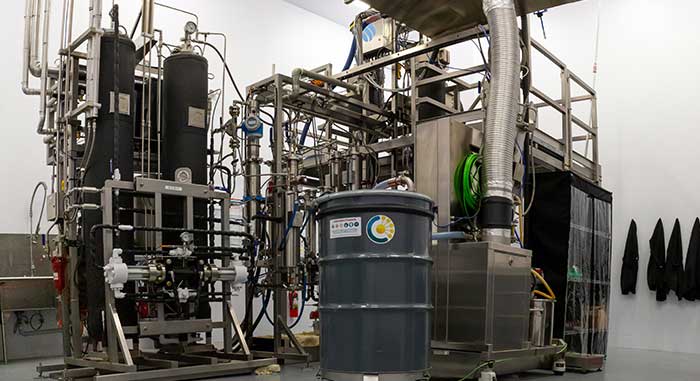
The co-solvent system, pictured at Christina Lake Cannabis, also improves downstream processes by maximizing THC extraction and minimizing the extraction of non-desirable compounds. Photo courtesy of Christina Lake Cannabis.
Vitalis’ CO2-ethanol system cut down on CLC’s building safety rating requirements, saving on facility construction costs and increasing CLC’s ability to pivot its production to meet market needs, and also reduced the amount of ethanol kept on-site, improving workplace safety and reducing operational costs. This led to CLC more than doubling its revenue in 2022 compared to 2021, up to CAD$10.1 million from CAD$3.6 million.
Now that the co-solvent add-on has been proven effective and the majority of Vitalis’s customers have upgraded their CO2 units, Vitalis is rolling out new, purpose-built dual-solvent extraction systems–the Polaramax line. “We recognize co-solvent extraction is the future and is the new standard in high-quality, low-cost cannabis extraction,” Laronde notes.
Beyond the operational efficiencies and ease-of-installation benefits, the thing that Dehaan values the most is the partnership between the two companies, where Vitalis is invested in CLC’s success. For example, Vitalis had already researched optimal extraction conditions to maximize quality and throughput, simplifying the learning curve for users new to co-solvent extraction. “That's one of the main things for me beyond the technology: the service.”
Latest from Cannabis Business Times
- Rescheduling Would Have Saved Verano $80M in 2023 Tax Payments, CEO Says
- Aurora Marks 1st Medical Cannabis Shipment to New Zealand Market
- Where All 100 US Senators Stand on SAFER Banking Act
- Blumenauer Unveils Legislative Blueprint, Additional Administrative Action Needed Following Rescheduling
- Cannabis Rescheduling FAQ: What Now?
- From Custodian to Cultivation Supervisor
- California City in Cannabis Retail Desert Welcomes 1st Dispensary
- US Senate Democrats Forgo Addressing Intoxicating Hemp in 2024 Farm Bill Summary
